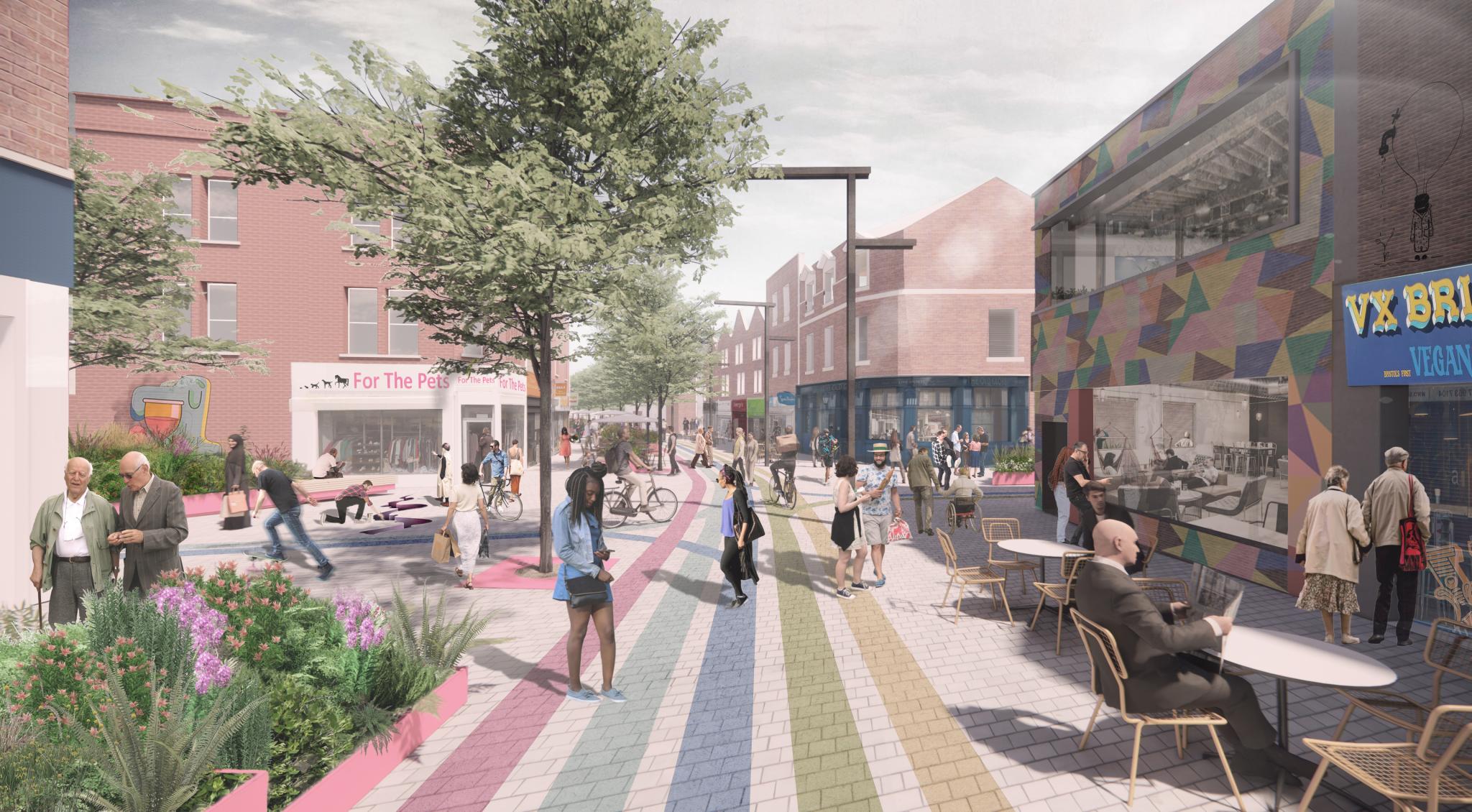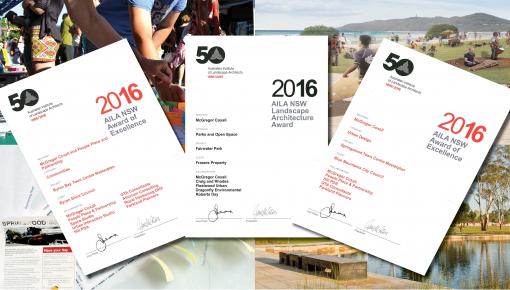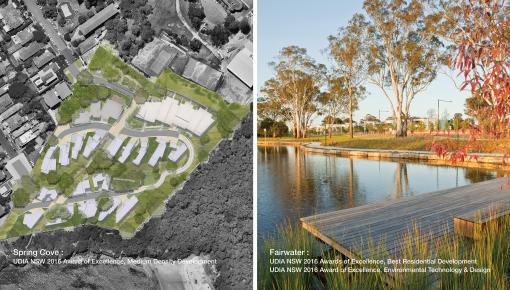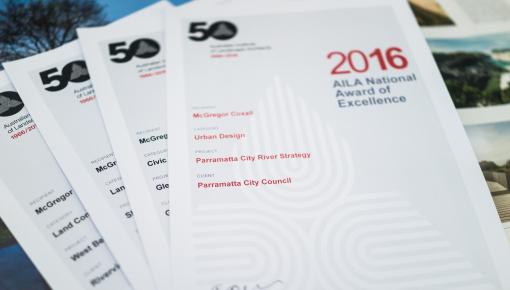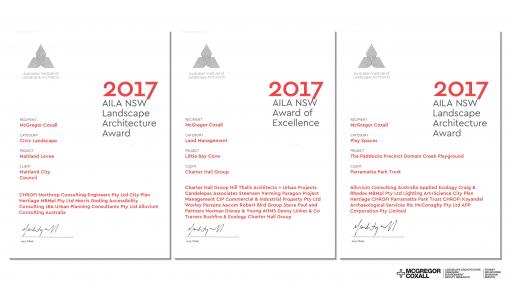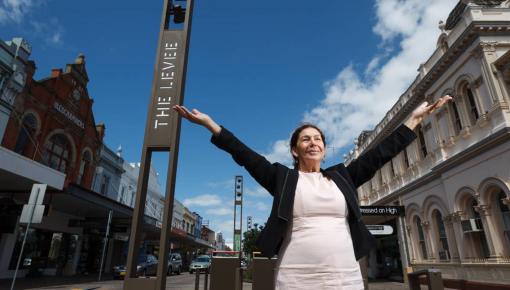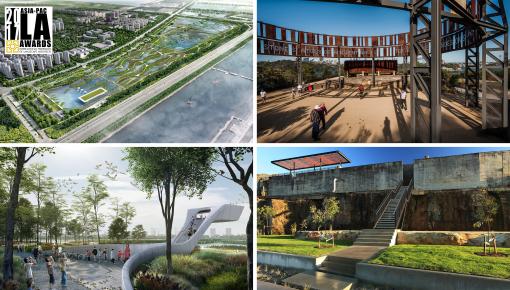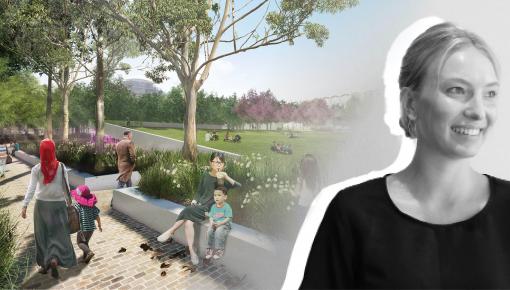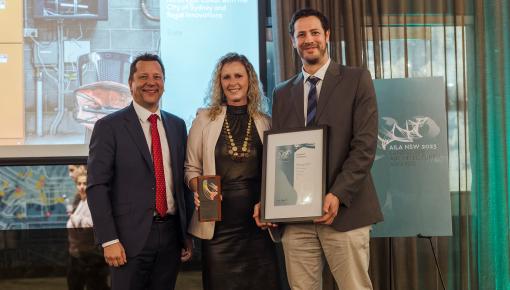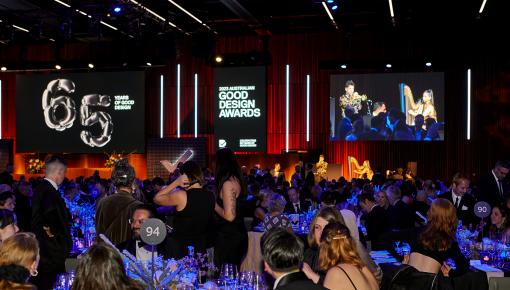East Street Placemaking and Public Realm Masterplan has been shortlisted as a finalist in the national UK Landscape Institute Awards, with the community-led strategy proceeding to final stages of judging in the ‘Excellence in Place Regeneration’ category.
Unanimously supported by Bristol City Council, Bedminster BID and the community, McGregor Coxall were commissioned to lead a multidisciplinary team in creating an adaptable masterplan that restores the declining, vehicle-dominant high street into a prosperous commercial, recreational, social, and ecological haven for Bristol.
McGregor Coxall’s Bristol Studio Director, Michael Cowdy, praised Council’s ambition to restore one of Bristol most historically significant high streets.
“The regenerative potential of East Street would not be made possible if not for the continuing commitment of the Bedminster BID and East Street’s passionate community,” said Cowdy. said Cowdy.
“Success at this year’s Landscape Institution Awards or not, we are humbled to have been included on such a prestigious shortlist of projects and are thrilled to showcase the positive shared outcomes of a truly collaborative operation. Inclusion on such a decorated shortlist is a testament to the drive and ability of our UK team which has matured fruitfully over the last few years.”
East Street Masterplan is one of six finalists in the ‘Excellence in Place Regeneration’ Category.
A complementary, online awards ceremony will take place on Thursday 25 November.
The project was made possible through collaboration and funding from Bedminster Business Improvement District, Bristol City Council, and local developers Dandara, Deeley Freed, A2Dominion, Firmstone, and City & Country. Collaborators on the masterplan included Alec French Architects, Streets Reimagined, Phil Jones Associates, MDA Consulting and Ginkgo Projects.
Project background
East Street is one of Bristol’s most historically significant high streets located within Bedminster, south of Bristol’s City Centre.
Core to the scheme was the supplementation and extension of greenspace throughout the street, strategically aligning to Council’s climate change agenda, contributing to Bedminster Green’s sustainability goals, and enhancing regional climate resilience.
Emerging as a powerhouse of heavy industry and one of the region’s most prosperous streets, post-World War II planning efforts saw the area rebuild itself as a cornerstone for the community. Relocation of Bedminster’s industries, declining retail prospects, lack of investment, and unmeasured ramifications of COVID-19 has culminated in a dilapidated high street – on trend with the degradation of many once-prosperous high streets across the country.
Catalysed by the planned development of Bedminster Green, change is imminent, and it is now more important than ever that East Street re-emerges as a focal point for the existing and future student, residential, and commercial communities.
Key placemaking strategies were identified through an extensive, year-long community engagement program, holistically proposing people-friendly street initiatives, diversified business opportunities, local art-led projects, restoration treatments to locally listed buildings and urban greening initiatives.
Pedestrian Priority
East Street is envisioned as a pedestrian prioritised environment – removing 326 bollards and obstructive elements, relocating bus services to Dalby Avenue, rationalising service vehicle access via Dean Street, and artistically interpreting the contraflow cycle route into street design. These initiatives unlock East Street’s latent social, environmental, and economic value for existing and future visitors.
Flexibility
East Street’s public realm includes an identifiable range of adaptable, re-configurable modules that allow for endless arrangements, uses, and locations. Uniquely identifiable to East Street, these modular landscapes flexibly adapt to the street’s changing uses – each providing a key public space component that collectively establish an unlimited arrangement of public space typologies, including Rewilding Rooms, Park ‘N’ Walk, lazy loungers, Community Gardens and Meandering Play Spaces.
Animation
East Street’s public realm has been designed to provide clearly-defined outdoor seating opportunities for businesses alongside social spaces to rest. This approach rationalises the location of street elements to designated corridors, whilst injecting edge activation and supporting the street’s ability to be animated at varying times of the day and night.
Composition
East Street is composed in a manner that balances historic architecture, programmatic activation, pedestrian and cycling movement, art and culture, and urban greening. It spatially breaks down the public realm into dedicated alfresco dining zones, modular social spaces and visibly defined pedestrian routes for all age groups.
Greening
East Street will emerge as an attractive street for visitors and wildlife to prosper through sixty newly planted street tree, a biodiverse rich palette of plants and green gateway arrival points. Five biophilic pocket parks complement the linear green street, containing topographical play trails, integrated planters/benches, retained trees and cycle parking.
OTHER NEWS
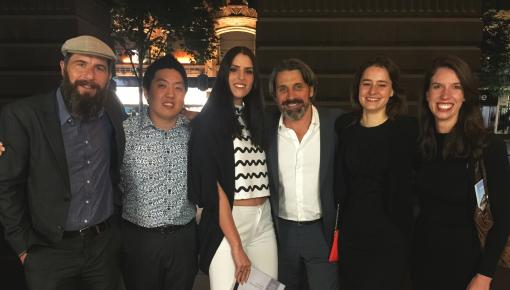
Awards
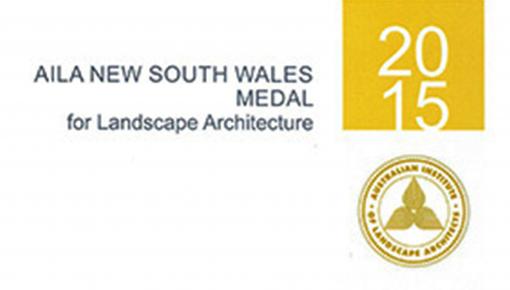
Awards
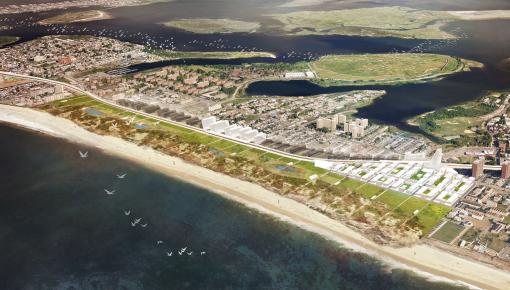
Awards
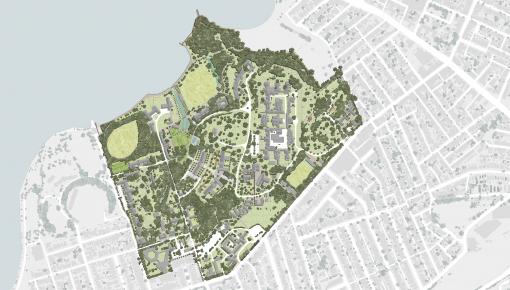
Awards
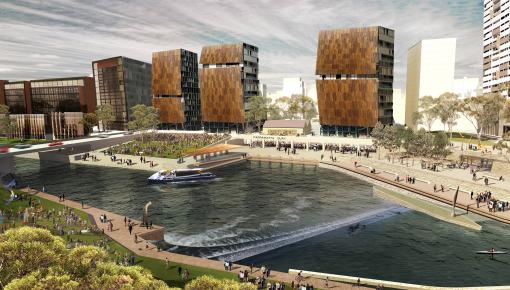
Awards
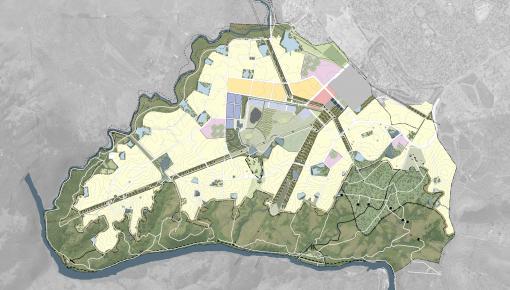
Awards
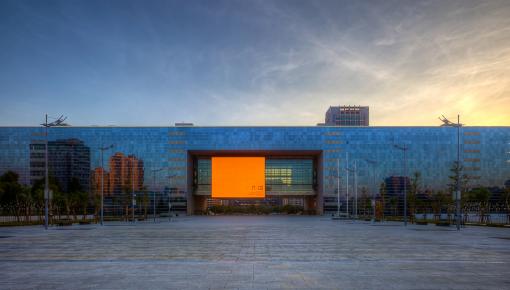
Event
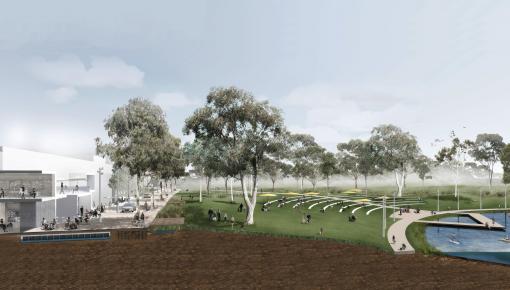
Awards

Awards
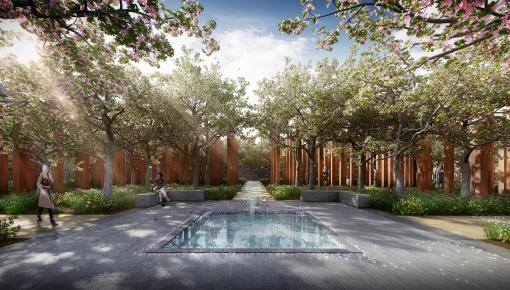
Awards
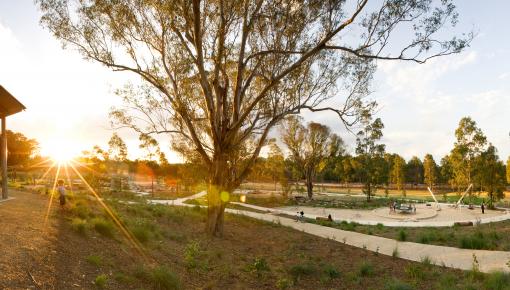
Awards
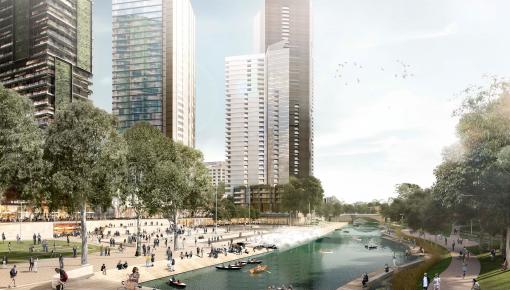
Awards
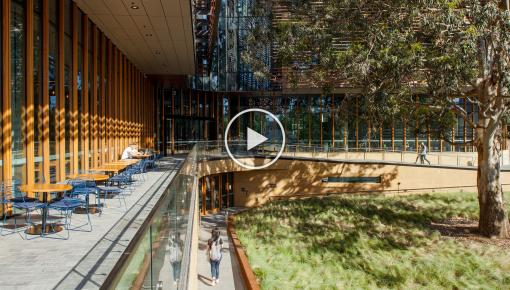
Project New Photos
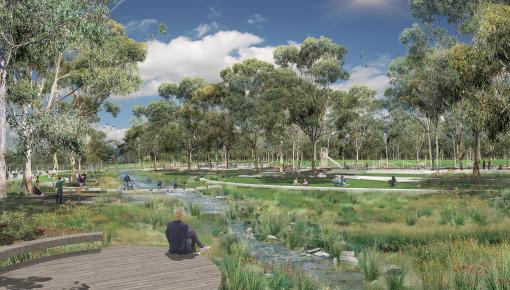
Awards
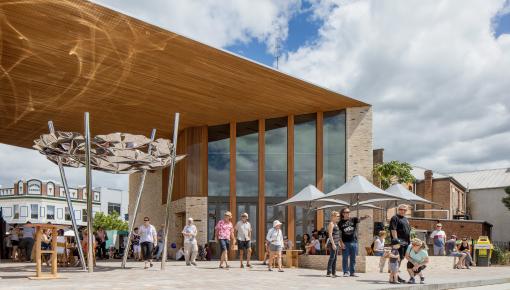
Awards
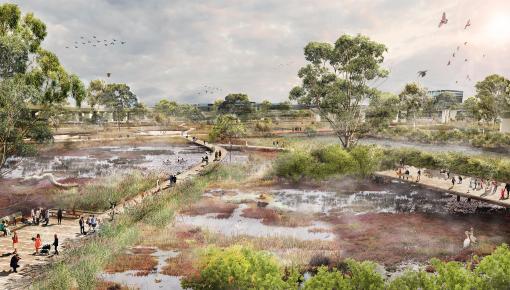
Project Milestone
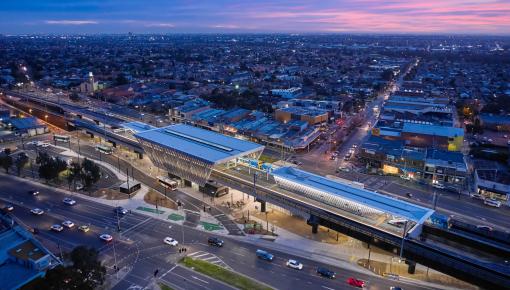
Awards
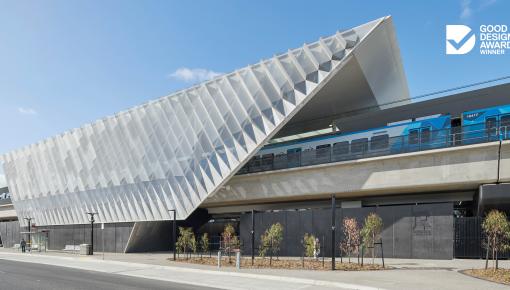
Awards
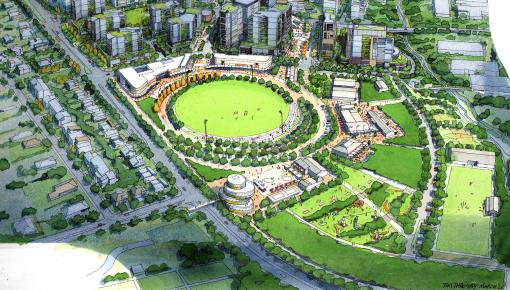
Awards
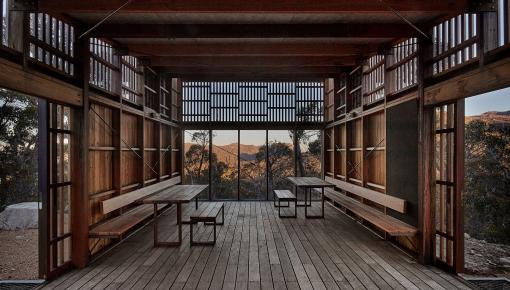
Awards
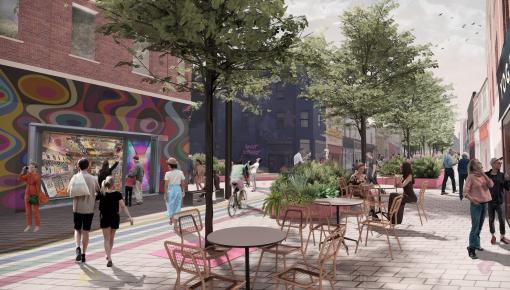
Project Milestone
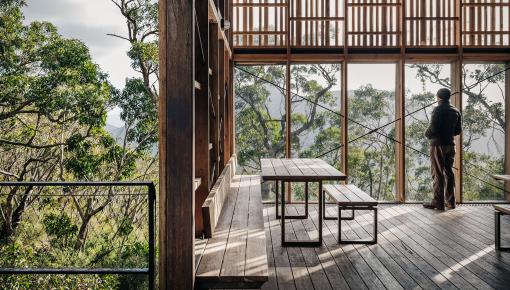
Awards
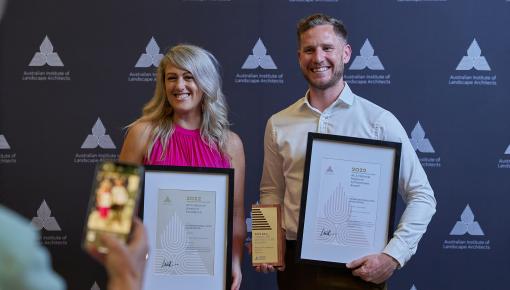
Awards
